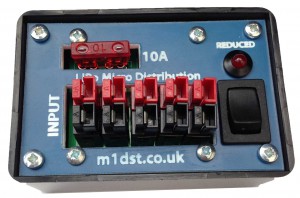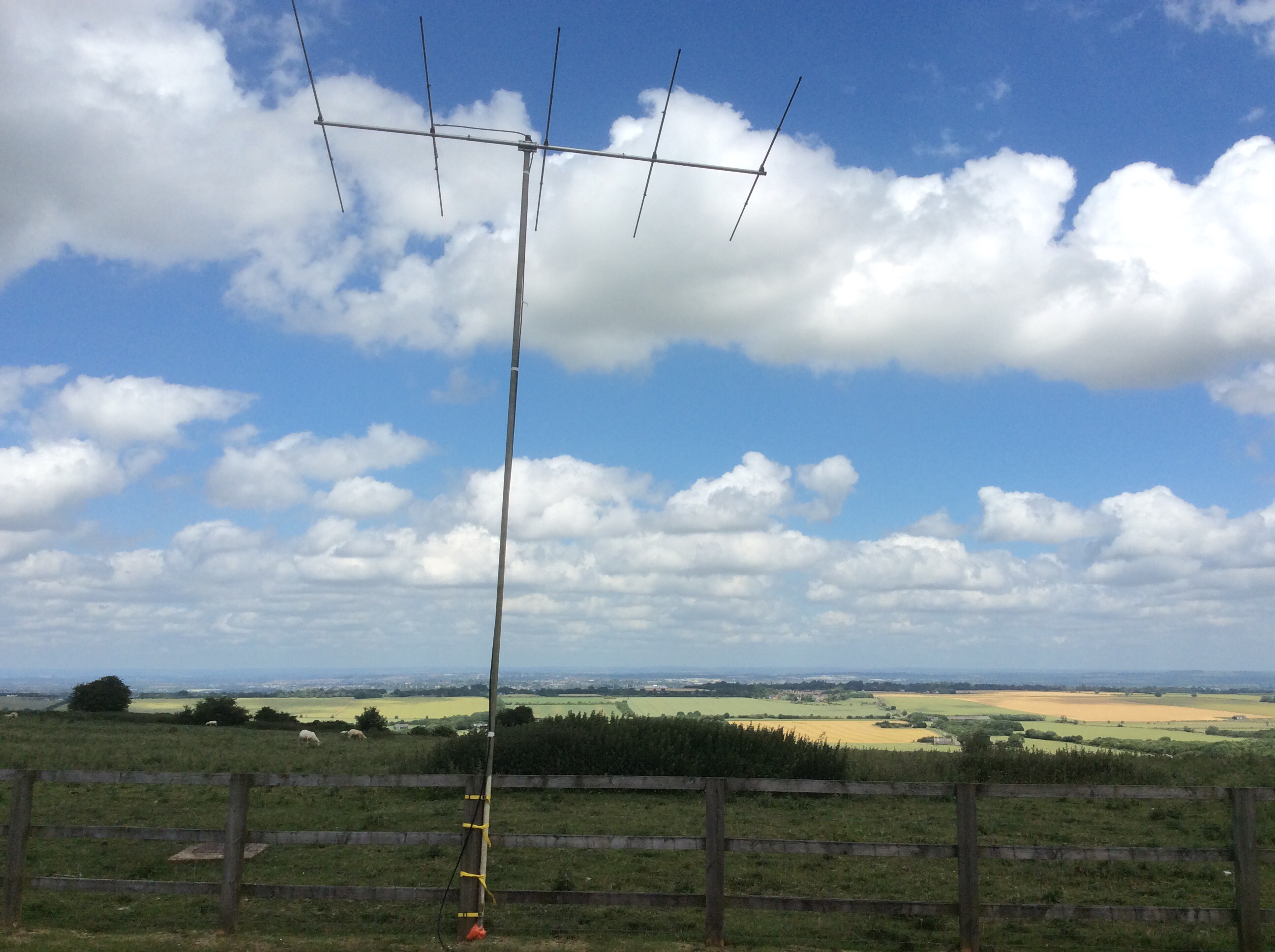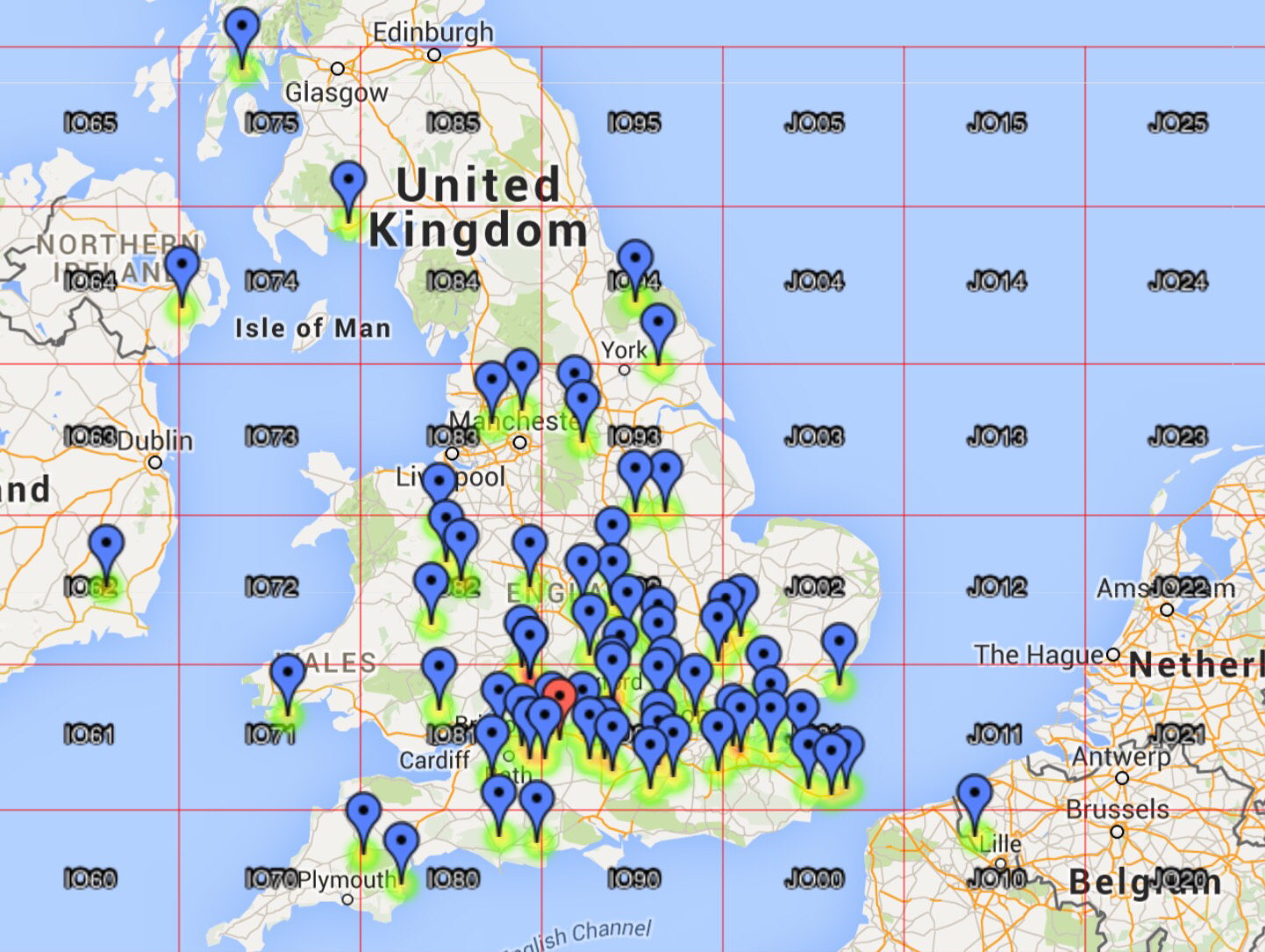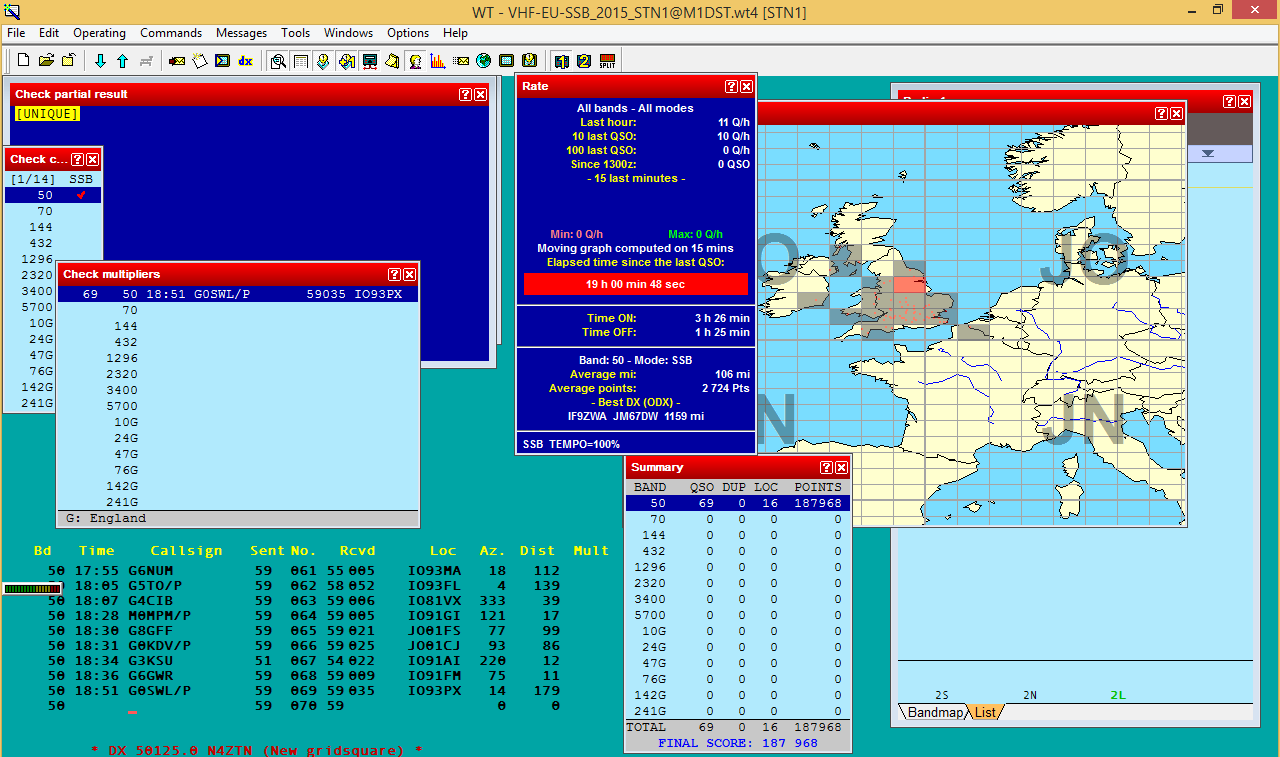If you placed an order for a PCB in the last 2 weeks it has tonight been packaged up and will be posted tomorrow. Sorry for the delay whilst we waited for them to arrive. I now have a couple in stock for new orders.
I would just like to advise any recent / future purchasers of the Thunderbolt Monitor PCBs that I ordered the PCBs almost 1 month ago and they have yet to arrive. I have followed up with the supplier and they are going to repeat the order.
Very sorry for the delay but I will post as soon as they arrive.
Contest : IOTA Contest
Callsign : M1N
Mode : PHONE
Category : Single Operator (SO)
Overlay : —
Band(s) : All bands (AB)
Class : High Power (HP)
Zone/State/… : EU005
Operating time : 11h39
| BAND | QSO | DUP | IOTA | POINTS | AVG |
|---|---|---|---|---|---|
| 80 | 0 | 0 | 0 | 0 | 0.0 |
| 40 | 0 | 0 | 0 | 0 | 0.0 |
| 20 | 226 | 2 | 45 | 1770 | 7.83 |
| 15 | 14 | 0 | 8 | 140 | 10.0 |
| 10 | 13 | 0 | 7 | 145 | 11.15 |
| TOTAL | 253 | 2 | 60 | 2055 | 8.12 |
TOTAL SCORE : 123 300
Dupes are not included in QSO counts neither avg calculations
Operators : M1DST
Soapbox : Conditions very difficult. Lots of QSB and I struggled to hear stations calling me.
I arrived on site around 10am and started work erecting the antenna and getting the radio ready. The first problem was I had forgotten a stub mast so there I couldn’t deploy the rotator. Although I was so early I did have enough time to pack everything back up, go home, get a stub mast and start again but I decided against that. I decided that it was one thing less to pack away at the end of the evening.
The site I operated from (IO91CL) Barbury Castle is a public site owned by the council and they lock the gates at 9pm. This meant I would need to cut my entry off by a few hours to ensure I could escape the gate keepers.I was setup in about an hour which left be 4 hours to play before the contest started. Having a tune around I could hear that conditions were favourable. I managed to work a number of European stations with ease.
After a couple of hours the Europeans disappeared and the band sounded quite quiet. Not what you want to hear right before a contest. The sun was also slowing moving around the shady area I had parked in and was now beating down on me.
I decided to pack up the radio and move everything into the car where there would be shade. This worked out quite well in the end.
I started the contest at 14:00 UTC and eventually gave in and used the DVK after receiving taunts from 2E0SQL via twitter after becoming tongue tied a number of times whilst trying to call CQ, and surf the web for last years results.
I had a few visitors pop in to ask what I was doing or say hello. Frank, (G3JOT) and his wife arrived late afternoon and said hello too.
At around 19:45 the generator ran out of fuel so that is the point I called it a night. I refilled the generator and packed up the car and was home by 21:15 where my lovely wife had a double steak burger waiting for me.
This year I kept the flag flying for SDARC as our usual contest crew were committed to a Raynet event but hopefully we’ll be able to enter as a team next year.
Contest :VHF NFD 50 MHz
Section :R (Restricted Section of VHF NFD)
Group :Swindon & DARC
QSOs :69
DXCCs :6
WWLs :16
If you missed out on the kits I was producing fear not as I have had a run of PCBs made and these are available from my shop. http://www.m1dst.co.uk/shop/
I have completely sold out of all of the monitors again. I have agreed to provide a PCB to someone who was too late to purchase a kit and he is going to source his own components. Once the PCBs arrive I will list them in my shop for purchase.
 I have updated the instructions to the LiPo Powerpole Distribution project to include some possible modifications you may wish to make.
I have updated the instructions to the LiPo Powerpole Distribution project to include some possible modifications you may wish to make.
Check them out on the dedicated page http://www.m1dst.co.uk/shop/lipo-powerpole-dc-distribution/ where you can still buy them.
Ideal for Elecraft KX3 users who wish to use LiPo batteries.
I am working on a commercial solution with is being hosted on Azure Websites. I love the hosting solution but not having full control of the server sometimes means you need to solve the problem properly rather than bodging something so that it works (we’ve all done it).
I am using SQL Server with HierarchyIds which are types not supported with C# out of the box. The DLL is supplied with SQL Server Developer edition but is also available via a NuGet package (Microsoft.SqlServer.Types)
I could then use all of the new SQL Server types and compilation/debugging was fine locally. The problem came after deploying to Azure. The exception received was
Could not load file or assembly ‘Microsoft.SqlServer.Types, Version=10.0.0.0, Culture=neutral, PublicKeyToken=89845dcd8080cc91’ or one of its dependencies. The located assembly’s manifest definition does not match the assembly reference. (Exception from HRESULT: 0x80131040)
I checked everything was being correctly deployed yet whatever I tried it threw an exception. I checked the DLL versions and I was using 11.0.0.0 (which worked locally) but the exception was quoting 10.0.0.0.
The solution was to add an assembly binding to the web.config and redeploy. All working perfectly now.
 This evening I built a handheld PTT switch to use whilst portable with a headset as a footswitch isn’t always practical. I have large hands so it is still possible for me to hold the switch and type on a keyboard to log the QSO.
This evening I built a handheld PTT switch to use whilst portable with a headset as a footswitch isn’t always practical. I have large hands so it is still possible for me to hold the switch and type on a keyboard to log the QSO.
I decided to build one as commercial units can be expensive. I purchased a few parts and estimate the entire build cost less than £5. I used a Speedfit 22mm x 15mm reducer as the main unit and added a switch and a chassis mounted phono socket. To hold the phono socket in place I used a material called PolyMorph.
Polymorph is a thermoplastic polymer which melts at 62°C and consists of small off-white plastic granules. By heating these granules in hot water the user can easily melt the pellets to form a transparent flexible material. Once melted the opaque white pellets fuse together, become transparent and soften, allowing the user to form the plastic by hand into unique shapes. Once it cools it becomes solid and hard again.
The whole project took about 10 minutes from start to finish to complete and is very robust. Now I need to find other things to do with the PolyMorph as it was fun to use.
I’m pleased to say that the last two Thunderbolt Monitors were shipped today. There are none left and as such I will be removing it from the store.
If you would still like one you have a couple of options.
1) Visit github and download the Eagle files, gerber and source and create the PCB yourself.
2) Email me stating how many you want and I will add you to a waiting list. When/if I get a request for 10 (or more) then I will put an order in for all of the parts including PCB and LCD. It may take a very long time to reach 10 people now that Thunderbolts have become much rarer.
An error has occured.











